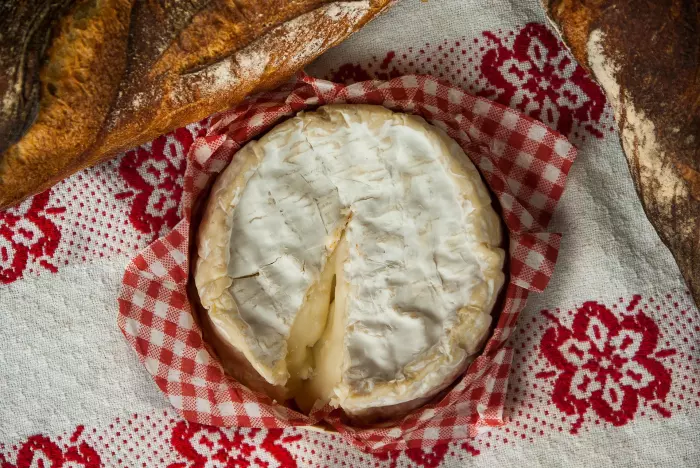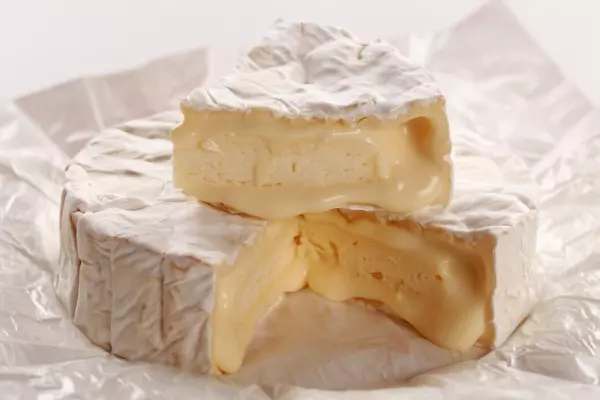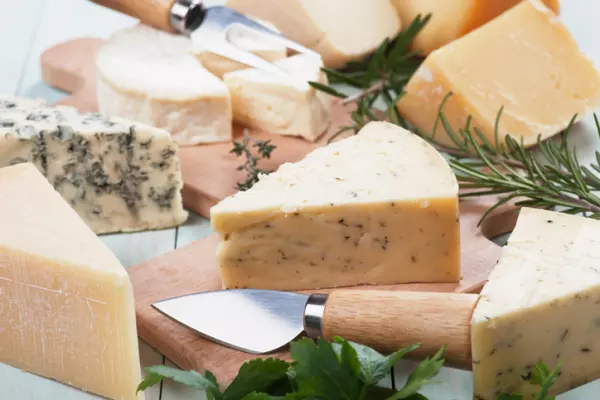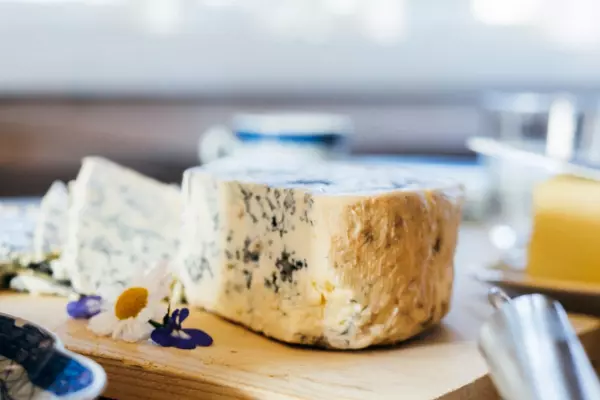Unlike a wine label, the rind of a cheese tells you almost everything about what’s happening beneath. With a little experience, a glance, a sniff, and a surreptitious squeeze – best done at home, not in store – you can determine the rudimentary character, strength and ripeness of most cheeses. Why? Because the rind a cheese grows tells you its texture and therefore its type.
Using this information, you can determine which of the seven main types of cheese yours is. It’s similar to being able to tell what a banana is like from its skin. However, as many cheeses are cunningly disguised under packaging, and some boast more awards than the average All Black, it can be a little more difficult. But that just makes the journey more fun.
The European examples below are benchmarks on which to base your knowledge. Those made locally are excellent examples of the characteristics I'm describing. They are not copies of European classics, but variations on the original, like making cheddar with goat milk – it’s not true cheddar but it is still a hard cheese and has shared characteristics.
Cheese key: G – goat, E – ewe, B – buffalo, C – cow.
Fresh cheese (no rind): Feta (G/E), mozzarella (B), cottage cheese, halloumi (E), ricotta (E/B/C).
Only a few days old, ‘fresh’ cheeses are too young to develop a rind and their high moisture content makes them soft, mousse-like, bright white, very mild, lemony, and milky. If they are preserved in salt or oil, they become crumbly, like feta.
Local heroes: The Drunken Nanny – Black Tie (G), Cilantro – Chevre (G), Clevedon Buffalo Mozzarella (B).
Aged fresh (wrinkled grey-blue rind): Sainte-Maure (G), Saint-Marcellin (C), Pico (E).
These little cheeses grow a thin, transparent, white to grey-blue rind, which wrinkles as the cheese dries out and shrinks. As the wrinkles become crevasses, blue mould grows, and the aromatic, herbaceous notes in the milk intensify. These cheeses are pungent and definitely goaty when ripe, which could put beginners off goat cheese for life, or capture their heart forever. But not all goat cheeses, nor all cow cheeses, taste the same. It depends on the type.
Local heroes: Cranky Goat – The Nanny (G), Kaikoura Cheese – The Tenara (G).
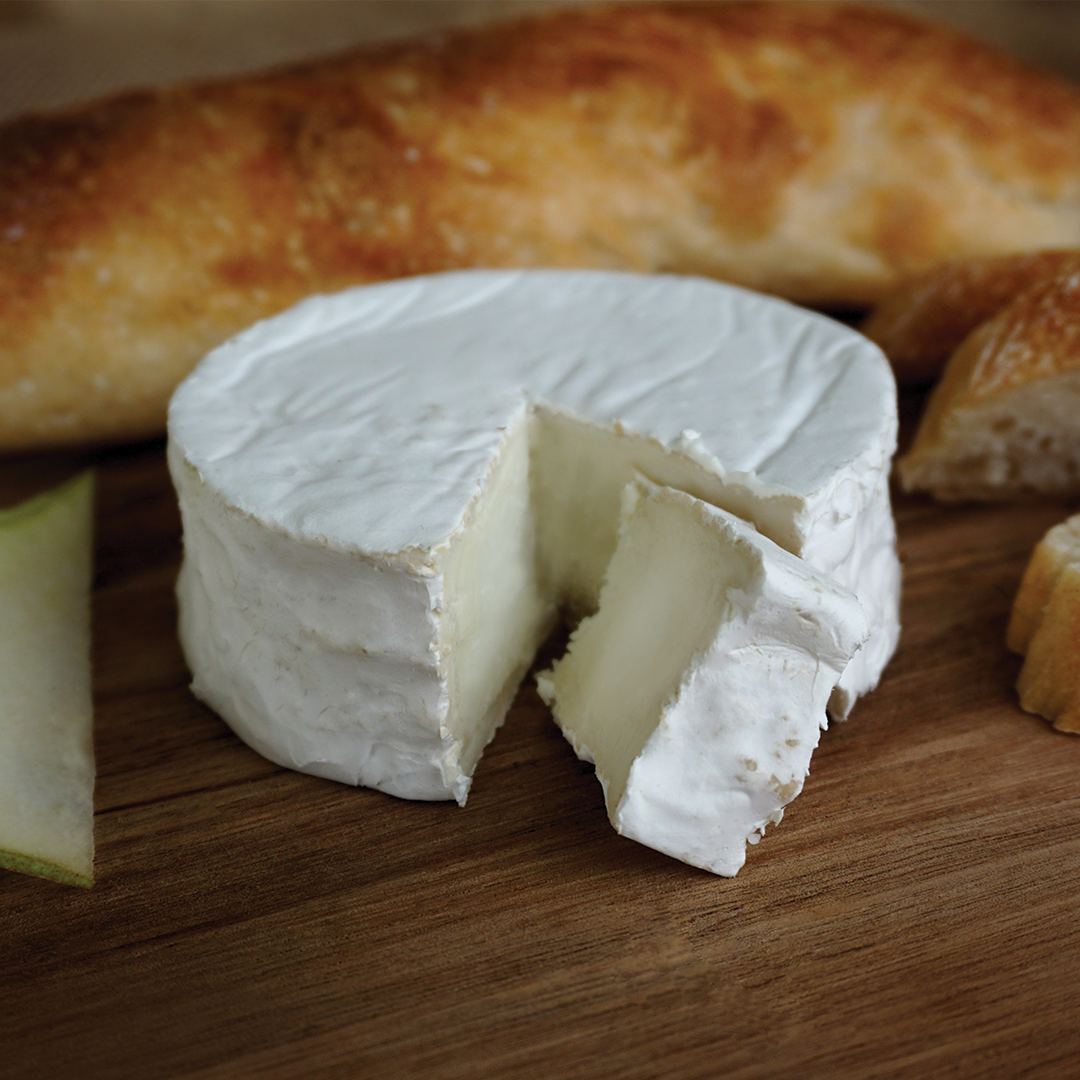 Nieuwenhuis Full Moon
Nieuwenhuis Full Moon
Soft white (white, fuzzy rind): Camembert de Normandie, Brie de Meaux.
The crusty, white, fuzzy rind of microscopic mushrooms that grows on these cheeses helps to ripen them and create their soft, voluptuous interior. The majority of New Zealand examples are mild and creamy because they are made to ripen slowly. Artisan and raw milk examples ripen more vigorously and are infinitely more flavoursome, reminiscent of mushroom soup made with beef stock and a dash of sherry. Hints of ammonia are okay; a strong blast is not.
Local heroes: Cartwheel Creamery – Marama (C), Nieuwenhuis Farmstead Cheese – Full Moon (G), Cranky Goat – Pelorus Pearl (G), Evansdale Cheese – Farmhouse Brie (C).
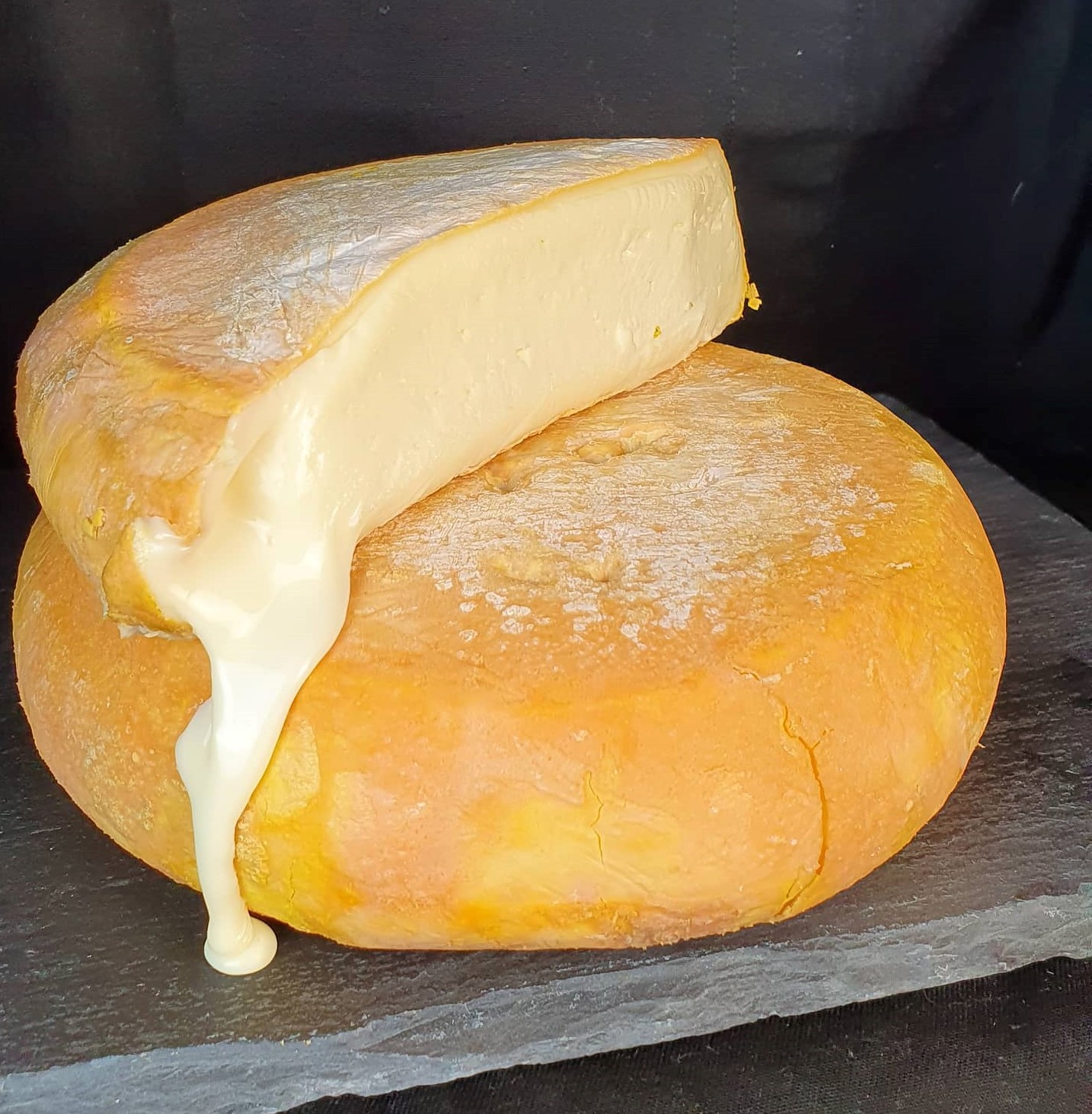 Thorvald Devotion
Thorvald Devotion
Semi-soft (grey-brown or orange rind): Edam (C), havarti (C), colby (C), époisses (C).
Rubbery or elastic with sweet-savoury and buttery characteristics, semi-soft cheeses taste like your best-ever cheese sauce. When vacuum-packed to ripen, like edam, they have no rind. Those ripened naturally attract grey, white, and brown moulds on their thin, leathery rind that play a major role in creating a more complex cheese. Those washed in brine, such as munster or époisses, grow orange, sticky rinds of brevibacterium linens that give the cheese its characteristic feisty, pungent character. Not for the faint hearted.
Locals heroes: Hohepa Cheese – Danbo (C), Cranky Goat – Cullensville Gold (G), Nieuwenhuis Farmstead Cheese – Harvest Moon (G), Thorvald Cheese – Devotion (E).
Hard (dense, often waxed rind): Cheddar (C), manchego (E), aged gruyère (C).
A hard cheese rind can be thick like parmesan or barely formed if it’s vacuum-packed and often waxed. Pressed to remove the whey, then aged for months or even years, these cheeses are dense, compact and, like a fine wine, the hidden characters of the soil, the grazing and the milk itself are all converted over time into a symphony of flavours, from savoury, like cheese sauce, to bold and outspoken, like a raw-onion-and-cheese scone, with a hint of green grass or meadow flowers.
Local heroes: Nieuwenhuis Farmstead Cheese – Oma (G), Meyer, Mercer or Mahoe – Gouda, Barrys Bay Cheese – Cheddar, Mount Eliza Cheese – Cheddar.
Blue (gritty, rough, sometimes sticky rind): Stilton, gorgonzola, roquefort (E).
The rind varies from dry and crusty when the cheese is buttery in texture and has a hint of dark chocolate, to sticky and almost wet, with a sharper, distinct, salty, metallic tang. Blue cheese has penicillium mould sprinkled into the milk, which appears like shattered porcelain through the ripe product. The spicy tang is due to the reaction between the curds and the mould as they age together. Blue cheeses made with a ‘soft-white’ camembert-type rind have a milder, less spicy, creamier taste and a hint of mushrooms from the rind.
Local heroes: Cartwheel Creamery – Blue Rhapsody (C), Hohepa Cheese – Blue (C), Mahoe Cheese – Mahoe Blue (C), Whitestone Cheese – Windsor Blue (C).
Flavour added (various rinds): Gouda with cumin (C), pecorino with truffles (C).
These cheeses are made by adding flavours like nuts, fruit, or herbs to semi-soft or hard cheeses, typically gouda or cheddar. The possibilities are endless but not always appropriate – cheddar with sticky toffee pudding comes to mind.
Local heroes: Hohepa, Mercer and Barrys Bay all make high-quality, flavour-added cheeses.
Any cheese can be made with cow, goat, sheep, buffalo or even camel milk, so don’t assume they all taste the same.
Juliet Harbutt is a Master of Cheese and founder of Hunter Gatherer Tours in Hawke’s Bay.
Cheese questions welcome.


